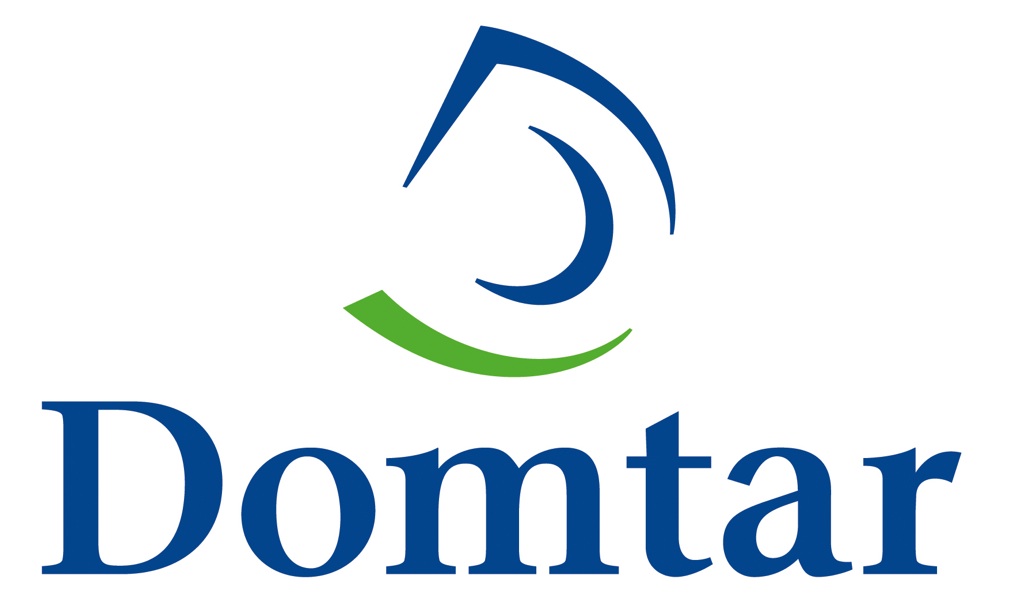Four Steps to Elevate Your Sustainability Storytelling
So your company is doing the right thing. How can you make people care?
Four steps to elevate your sustainability storytelling
By Dan Persica
When it comes to corporate transparency, times are changing. Gone are the days when a company could be considered a leader simply by publishing an annual report. Today’s stakeholders want to truly engage with your company’s story, especially when it comes to sustainability – and they want to do it on their own terms, with clickable, personalized information.
At Domtar, North America’s largest uncoated free sheet paper manufacturer, we believe that social and economic factors, in addition to the traditional environmental considerations, should also be part of that story. That’s why we have totally revamped our award-winning transparency tool, The Paper Trail, which helps customers estimate the gate-to-gate impacts of their paper orders. We’ve added new data from our 13 North American pulp and paper mills, from counting volunteer hours to monitoring renewable energy use to tracking the number of jobs we create.
Along the way, we’ve learned a few things about making our sustainability story more relatable and interesting. After all, transparency efforts have far more meaning if people actually take the time to read the information you share. If your company is looking to supplement your existing reporting with a more interactive format, consider the following lessons:
Recognize both strengths and weaknesses
Customers and consumers alike are smart, and there’s one thing they won’t tolerate: inauthenticity. If you want people to read about your company’s sustainability initiatives, you need to show them that you’re serious about improving (and not just touting your achievements). In The Paper Trail, we provide data across five environmental factors – fiber, greenhouse gas (GHG) emissions, water, renewable energy, and waste – often comparing our performance against industry averages in the category. The data is also translated into real-world equivalents, giving users some context to better understand the numbers they see. And while The Paper Trail highlights Domtar’s strong suits, if we aren’t the best in a given area, we say so, indicating the steps we’re taking to help improve performance.
Take it to a micro level
Of course, it’s important to measure your company’s total environmental impact – this is a crucial step in setting long-term goals and communicating with stakeholders. However, when you’re trying to reach a general audience (in other words, not the sustainability gurus), the micro level is often more interesting than the macro data. Keep in mind that simplifying your information is a critical component to effective storytelling in this space. For example, with The Paper Trail, corporate users can view the estimated
impacts of up to a truckload of Domtar paper, but the tool also displays results down to a single ream – a more likely scenario for the average buyer.
Don’t forget about the people
Environmental factors are critical – they’re the core of sustainability. But to bring data to life, you need to showcase the people who are making it all possible: your employees. That’s why we’ve added social impacts to our updated tool. Across North America, our employees are hosting recycling initiatives, teaching sustainability classes at schools and supporting charitable causes within their communities. And even though those efforts may not be quantifiable, they’re important.
On the other hand, economic impacts are quantifiable – but that doesn’t mean they can’t also have a human element. At Domtar, we employ nearly 10,000 people across the US and Canada, and believe that disclosing our impact on the mills and communities in which we operate is a component of the wider sustainability story.
Make it customizable
It may sound cliche, but it’s important to put the user first – after all, they’re the reason you’re sharing information in the first place. To make your content truly valuable, it must be customizable. A good way to approach this is by thinking backwards, and considering how it might ultimately be used. For example, at Domtar, we know that many of our customers are responsible for compiling annual reports detailing their company’s own environmental, social or economic performance. That’s why we built a customizable Impact Report feature into The Paper Trail, which allows users to create a personalized package and print the exact information they need.
Transparency, like sustainability, is a journey – one that we strive to continuously improve upon and tweak along the way. Trust is earned by taking others along with you on this journey. To see our sustainability data and read stories from Domtar’s mills across North America, visit The Paper Trail or explore our commitment to full-circle responsibility.
This story originally appeared on Sustainable Brands and The Guardian.
Dan Persica is the sustainability communications manager at Domtar Paper.

